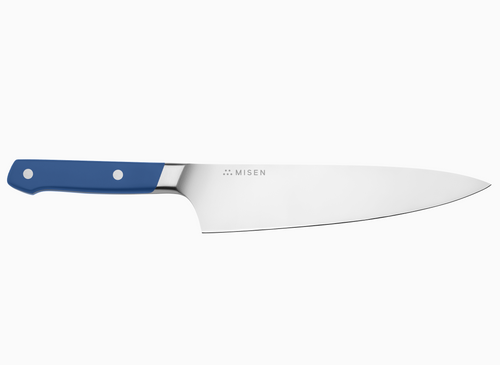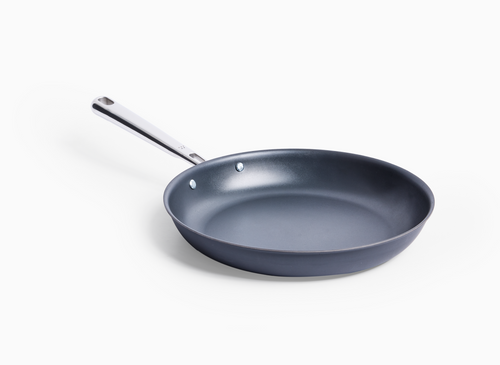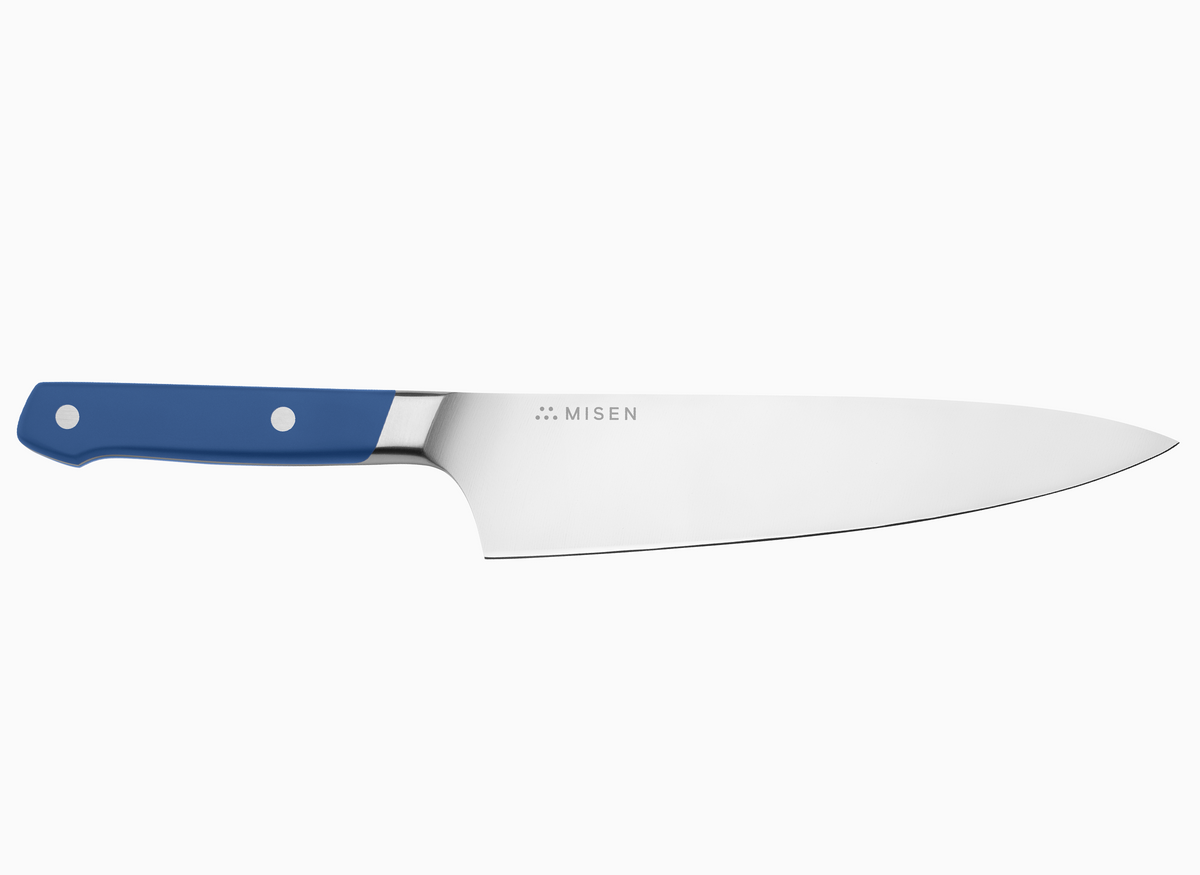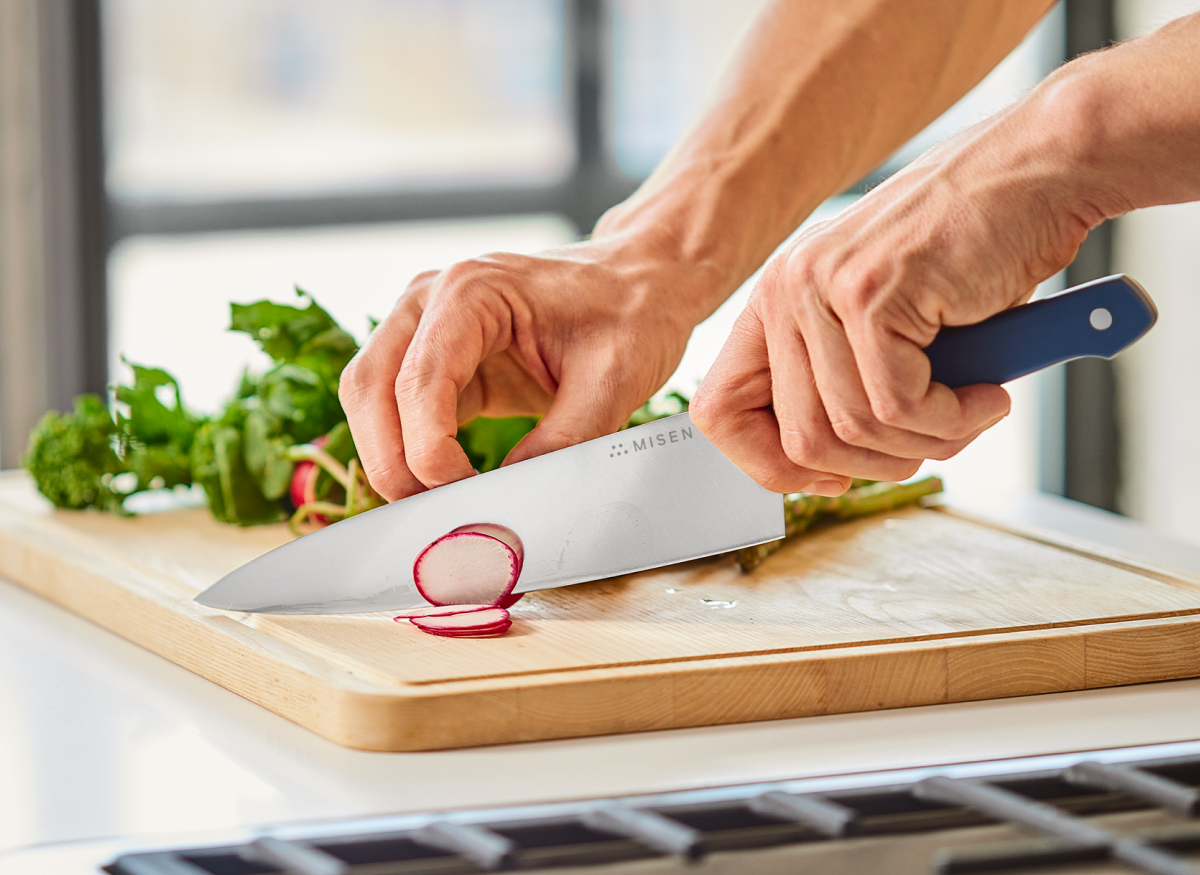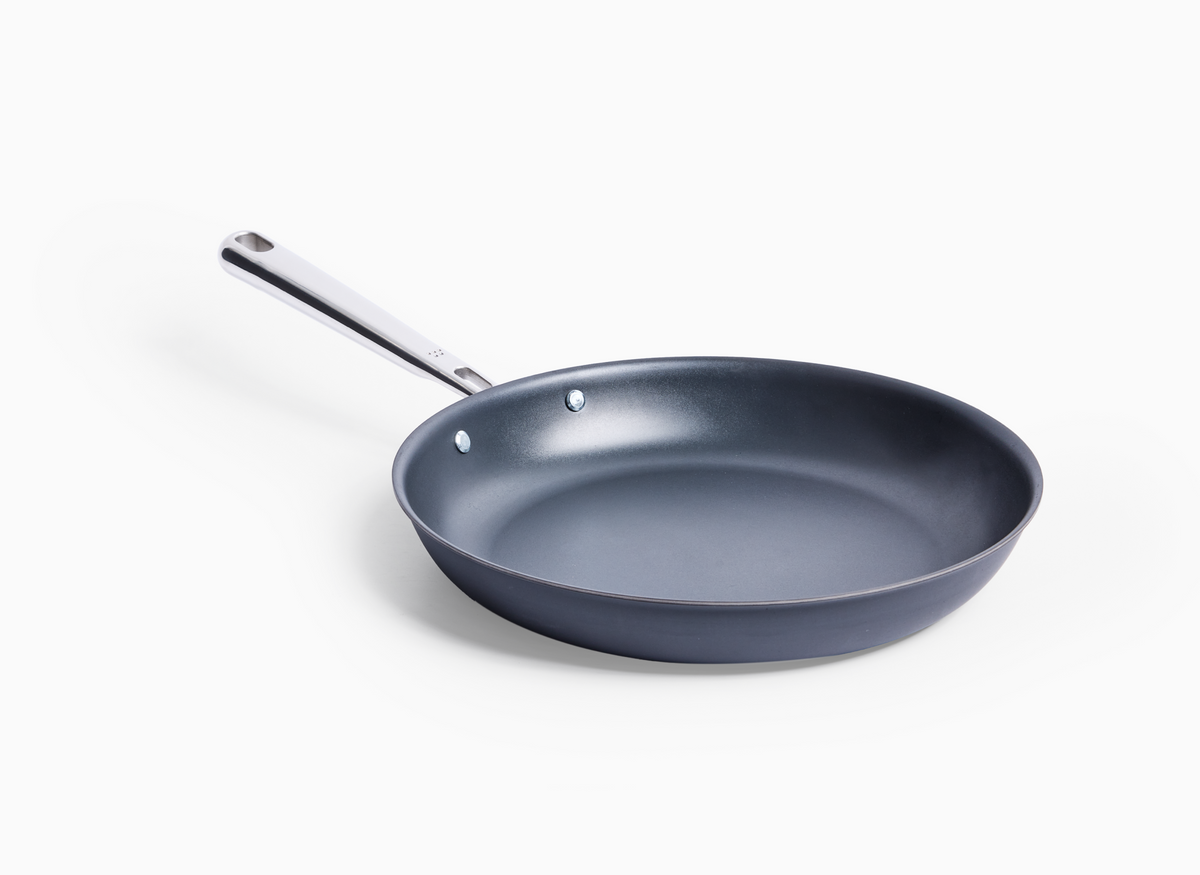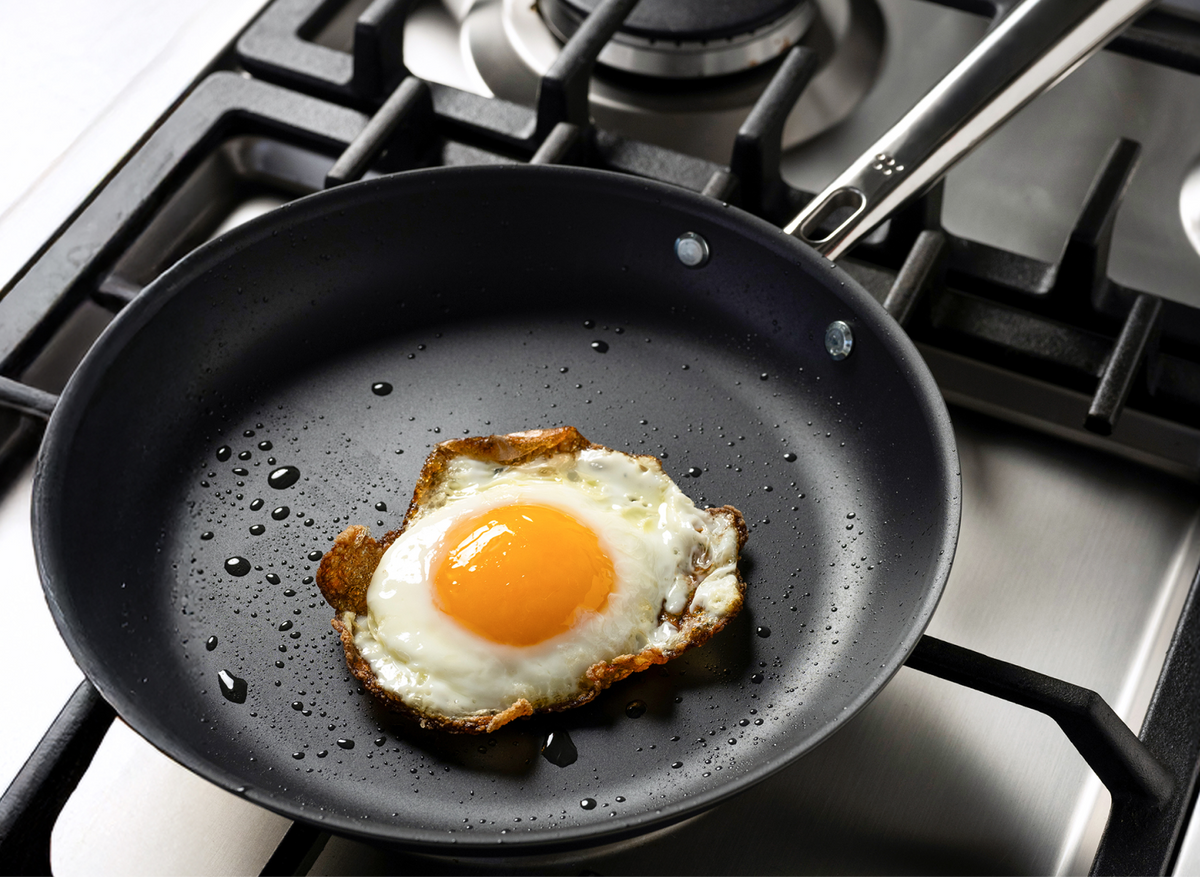What Is the French Word for Preparing Food? A Quick Guide

Core French Terms for Food Preparation
French culinary vocabulary, including verbs such as préparer, cuisiner, and apprêter, establishes the groundwork for mastering food preparation.
Préparer: The General Term for Preparation
Préparer serves as the foundational French verb for food preparation, encompassing all aspects of getting ingredients and dishes ready for cooking. This versatile term appears frequently in French recipes, often preceded by auxiliary verbs to soften cooking instructions. Understanding préparer is essential for interpreting French culinary instructions, whether working with traditional recipes or modern interpretations. The verb embodies the methodical approach characteristic of French cooking, where proper preparation is considered crucial to successful execution[1].
Cuisiner: The Art of Cooking
Cuisiner represents more than just the mechanical act of preparing food – it embodies the artistry and technique central to French gastronomy. This term gained such cultural significance that French gastronomy was inscribed on the UNESCO Cultural Heritage list in 2010, recognizing its rich lexical and technical contributions to global cuisine. When using cuisiner in recipes, it often appears alongside specific techniques that define French cooking methodology[2].
Apprêter: Getting Food Ready to Cook
Apprêter focuses on getting ingredients ready for actual cooking, encompassing the methodical organization and arrangement that characterizes French culinary tradition. This concept aligns closely with mise en place, where chefs prepare, measure, weigh, and assemble all required ingredients before beginning to cook. In professional kitchens, apprêter involves transforming raw ingredients into their cook-ready state through techniques like julienne or brunoise, reflecting the sophisticated nature of French cuisine[4][5].
Context Matters: When to Use Each Term
Choosing the right French cooking term depends on the specific context and focus of food preparation. Préparer works best for general preparation tasks, while cuisiner emphasizes the actual cooking process and culinary artistry. For professional kitchen preparation, apprêter indicates methodical organization and getting ingredients cook-ready. Understanding these nuances helps navigate French recipes and cooking instructions accurately[7][8].
Mise en Place: The Essential French Preparation Concept
The concept of mise en place transforms kitchen organization into a disciplined art that elevates every dish.
Definition and Literal Translation ('Everything in Its Place')
Mise en place, pronounced [mizɑ̃ˈplas], literally translates from French as "putting in place" or "everything in its place". This foundational culinary concept emerged in late 19th century France's professional kitchens and culinary schools. The term functions as both a noun describing the setup of ingredients and a verb referring to the preparation process, while also representing a broader state of mind in kitchen organization[9].
The Philosophy Behind Mise en Place
Mise en place embodies a philosophy of readiness and engagement that shapes how professional kitchens operate. This approach views preparation and organization as essential elements of craftsmanship rather than mere prerequisites. The philosophy emphasizes that true artistry emerges through methodical, daily practice of one's craft. It cultivates what chefs call a "delivery mentality," where the goal is creating a sustainable system for consistent, high-quality output[12][13].
How Professional Chefs Apply This Concept
Professional chefs apply mise en place through systematic organization and disciplined execution. They begin by dividing kitchen stations into distinct zones for prep and service, implementing First In, First Out (FIFO) arrangements to optimize ingredient flow. Labels and checklists serve as visual indicators for expiration dates, portions, and storage instructions. The "clean as you go" principle is fundamental, with spills and splatters addressed promptly to prevent accumulation[12].
Adapting Mise en Place for Home Cooking
Home cooks can adapt key mise en place principles to improve their cooking efficiency. Start by reading recipes completely and gathering all ingredients and tools before beginning any food preparation. Create dedicated prep zones in your kitchen, using small bowls to organize pre-measured ingredients and keeping frequently used tools within easy reach. By implementing these streamlined practices, home cooks can work more efficiently while reducing stress and improving their culinary results[11][15].
Essential French Cooking Verbs
Learning verbs like cuire, mélanger, and fouetter unveils the precise actions behind authentic French cooking.
Cuire and Its Variations: Different Ways to Cook
The French verb cuire specifically refers to the technical process of cooking, focusing on cooking duration and method rather than the cook's actions. Unlike cuisiner, which emphasizes the person preparing food, cuire describes what happens to ingredients during heating, simmering, roasting, or baking. In practice, French speakers often pair cuire with faire, saying "faire cuire" rather than using cuire alone[7][16].
Preparation Verbs: Couper, Émincer, Hacher, and More
French cuisine relies on precise cutting and preparation techniques, each with its own specific verb. Couper serves as the fundamental cutting verb, used for basic chopping and cutting ingredients into pieces. Émincer refers specifically to fine slicing, particularly for ingredients like onions and garlic, while hacher means chopping ingredients into tiny pieces, commonly used for herbs and aromatics[17].
Mixing and Combining: Mélanger, Incorporer, Fouetter
French cuisine employs distinct verbs for different mixing techniques, each serving a specific purpose. Mélanger represents the general term for combining ingredients together. For more delicate preparations, incorporer indicates folding ingredients gently to maintain texture. Fouetter refers to whipping ingredients to create volume and lightness, commonly used when working with cream or egg whites that need to achieve a firm, fluffy texture[17].
Finishing Techniques: Flamber, Gratiner, Napper
Three classic French finishing techniques add elegance and flavor to dishes. Flamber involves adding alcohol to a hot pan to create dramatic flames, both for visual effect and to impart complex flavors. Gratiner refers to browning the top of a dish under high heat to create a crusty surface, often with cheese. Napper describes the technique of coating food with a thin, even layer of sauce to create a glossy finish that enhances both presentation and taste[19][20].
French Food Preparation Terms in Context
Understanding context-specific culinary terms bridges the gap between traditional recipes and modern cooking styles.
French Culinary Terms That Have Entered English
French cuisine has contributed numerous essential cooking terms to the English culinary lexicon, reflecting its profound influence on global gastronomy. Terms like sauté and braise have become fundamental to cooking instruction worldwide. The integration of French terminology extends to preparation methods like brunoise and chiffonade[2][21].
Navigating French Recipes and Menus
Reading French recipes and menus requires understanding key preparation terms and their contextual usage. The verb préparer appears frequently in recipes, often preceded by auxiliary verbs to soften cooking instructions. When following French recipes, pay attention to specific cutting terms – couper for basic chopping, émincer for fine slicing, and hacher for chopping ingredients into tiny pieces[2][21].
Food-Specific Preparation Terminology
French cuisine employs distinct preparation terms for specific ingredients and cooking methods. For meats and proteins, terms like trancher (to slice) and farcir (to stuff) indicate precise preparation techniques. Common vegetable preparation terms include brunoise for cutting into tiny cubes, and chiffonade for slicing leafy ingredients into thin ribbons. Understanding these food-specific terms helps navigate traditional French recipes, where precise terminology ensures consistent results across different preparations[1][22].
Pronunciation Guide for Common Terms
Mastering French culinary terms requires understanding their proper pronunciation. For basic food terms, la nourriture (food) uses a soft "r" sound, while les légumes (vegetables) emphasizes the first syllable with a silent "s" at the end. Common preparation verbs follow distinct patterns – préparer has a rolled "r" sound, while cuire maintains a soft "ui" pronunciation similar to "kweer"[23].
Practical Applications of French Culinary Terminology
Real-world applications of French culinary concepts, such as mastering the mother sauces, enhance both professional and home cooking.
The Five Mother Sauces and Their Preparation Terms
The five mother sauces form the foundation of French cuisine. Béchamel, the versatile white sauce, starts with a roux of flour and butter before adding milk. Velouté achieves its signature velvety texture by combining a blonde roux with clear stock. Espagnole, a rich brown sauce, begins with a dark roux cooked until the flour browns. Sauce tomate differs from Italian tomato sauce by traditionally incorporating pork fat and aromatics. Hollandaise, the most technically demanding mother sauce, creates an emulsion of egg yolks and melted butter[26][27].
Traditional French Techniques Every Cook Should Know
French cuisine's foundational techniques combine precision with artistry. Core methods include sautéing, braising, and specific cutting techniques like julienne, brunoise, and chiffonade. The bouquet garni technique enhances flavor depth by submerging tied herb bundles in soups, stews, and sauce bases. En papillote, a method of cooking ingredients in parchment paper or foil, creates moist, flavorful dishes while preserving nutrients[4].
Using Proper Terminology to Improve Your Cooking
Using proper French culinary terminology enhances precision and efficiency in the kitchen. Understanding terms like mise en place helps create a systematic approach – having ingredients measured, prepped and organized before cooking begins prevents mistakes and wasted time. The vocabulary of French cuisine extends beyond just ingredient names to specific techniques – terms like julienne, chiffonade, and mirepoix communicate exact preparation methods that ensure consistent results[4].
Resources for Expanding Your French Culinary Vocabulary
Several comprehensive resources help expand French culinary vocabulary systematically. Digital tools like culinary French dictionaries provide thousands of gastronomically related words, including specialized wine terminology, cheese descriptions, and food-associated French proverbs – all with native speaker pronunciation features. Online culinary glossaries offer extensive A-to-Z guides covering highly specific technical terms, helping cooks master the precise language of French kitchens[2][28].
- Préparer, cuisiner, and apprêter are essential French verbs for food preparation, each with specific contexts and uses.
- Mise en place philosophy emphasizes organization and readiness, crucial for both professional and home kitchens.
- French cooking verbs like cuire, mélanger, and fouetter describe specific cooking actions and techniques.
- Understanding French culinary terms enhances recipe interpretation and cooking precision.
- The five mother sauces (Béchamel, Velouté, Espagnole, Sauce Tomate, and Hollandaise) form the foundation of French cuisine.
- https://frenchtogether.com/french-cooking-vocabulary/
- https://www.babbel.com/en/magazine/french-cooking-words
- https://www.ecoleducasse.com/en/blog/french-cooking-techniques
- https://www.escoffier.edu/blog/value-of-culinary-education/french-culinary-education-french-cooking-techniques-chefs-need-to-know/
- https://www.frenchtoday.com/blog/french-verb-conjugation/to-cook/
- https://fastfrench.com.au/verbs/cuire-vs-cuisiner/
- https://en.wikipedia.org/wiki/Mise_en_place
- https://www.escoffier.edu/blog/culinary-arts/what-is-mise-en-place-and-why-is-it-so-important-to-chefs/
- https://online.jwu.edu/blog/what-is-mise-en-place-the-key-to-culinary-organization/
- https://www.artofmanliness.com/character/advice/mise-en-place-how-chefs-organize/
- https://www.masterclass.com/articles/how-to-use-mise-en-place
- https://www.frenchtoday.com/blog/french-vocabulary/cooking-verbs/
- https://www.learnfrenchwithclemence.com/blog/20-essential-french-cooking-verbs-2
- https://www.lovefrenchfood.com/french-cooking-terms/
- https://www.escoffier.edu/blog/culinary-arts/the-essential-glossary-of-cooking-terms-for-the-culinary-arts/
- https://stripedspatula.com/resources/french-cooking-terms/
- https://www.lingoda.com/blog/en/french-cooking-terms/
- https://www.frenchtoday.com/blog/french-vocabulary/food-audio/
- https://www.escoffier.edu/blog/recipes/how-to-make-the-five-mother-sauces/
- https://hospitalityinsights.ehl.edu/five-mother-sauces-classical-cuisine
- https://apps.apple.com/us/app/culinary-french-a-z/id415086629
